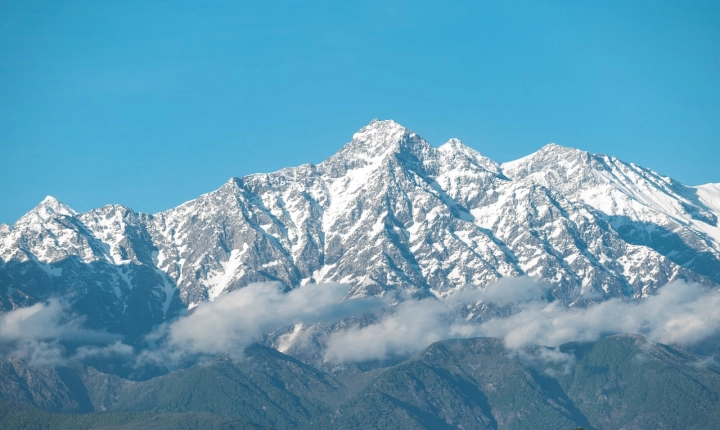Title: The Intricate World of AI Paintings: How Do They Work?
Artificial intelligence (AI) has made significant strides in the field of creative arts, blurring the lines between human and machine-generated artistic expression. One of the most captivating forms of AI creativity is the production of paintings. But how do AI paintings work? What processes are involved in creating these stunning, often thought-provoking pieces of art?
The process of creating AI paintings typically involves a combination of advanced algorithms, machine learning, and deep neural networks. These technologies enable machines to analyze vast amounts of raw data, learn from it, and make decisions based on the patterns and relationships identified. When it comes to generating paintings, AI systems use a variety of techniques to understand and replicate human artistic styles and techniques.
One of the fundamental steps in creating AI paintings is training the machine learning model with vast datasets of existing artwork. These datasets may include paintings from different periods, styles, and genres, allowing the AI system to learn the nuances of diverse artistic expressions. Through this training, the AI model gains an understanding of color palettes, brush strokes, composition, and other elements that define artistic styles.
Once the AI model is trained, it can then generate original paintings by leveraging the knowledge it has acquired. This process involves the model making decisions about composition, color choice, and brush strokes based on its learned patterns and styles. Some AI painting systems can even incorporate feedback from human users, adjusting the output based on input provided by individuals interacting with the artwork.
To further refine the authenticity and quality of AI paintings, some systems also employ techniques such as style transfer, which involves applying the characteristics of a particular artist or style to a generated image. This approach allows AI systems to produce paintings that mimic the styles of renowned artists, enabling the creation of pieces that seem to have been crafted by human hands.
In addition to mimicking existing artistic styles, AI systems can also push the boundaries of creativity by generating original, innovative artwork. By leveraging generative adversarial networks (GANs), AI models can create novel visual expressions that challenge traditional artistic conventions. GANs work by pitting two AI systems against each other – one that generates images and another that critiques them. Through this process, the generator learns to produce increasingly realistic and compelling images, leading to the creation of unique and thought-provoking paintings.
The impact of AI paintings extends beyond the realm of creative expression, with implications for art curation, education, and even the democratization of art. AI-powered tools can aid art historians and curators in analyzing and cataloging vast collections, while also facilitating the discovery of new artistic trends and connections. In educational settings, AI paintings can serve as valuable resources for studying and understanding different artistic movements, providing students with access to a diverse array of artwork from across history and cultures. Furthermore, AI paintings can make art more accessible to a broader audience, offering new avenues for individuals to engage with and appreciate visual art.
As AI continues to evolve and advance, the world of AI paintings is likely to undergo further innovation and refinement. With ongoing improvements in AI technologies, we can expect to see even more sophisticated and compelling AI-generated artworks that challenge our perceptions of creativity, authorship, and the boundaries of artistic expression.
In conclusion, AI paintings are the result of complex processes that harness the power of machine learning, deep neural networks, and advanced algorithms to emulate and create visual art. These AI systems are capable of generating paintings that mimic existing artistic styles, as well as producing original, groundbreaking artwork. The impact of AI paintings extends beyond mere aesthetics, with implications for art curation, education, and accessibility. As AI technology continues to progress, the world of AI paintings is poised to make even more significant contributions to the realm of visual art.
